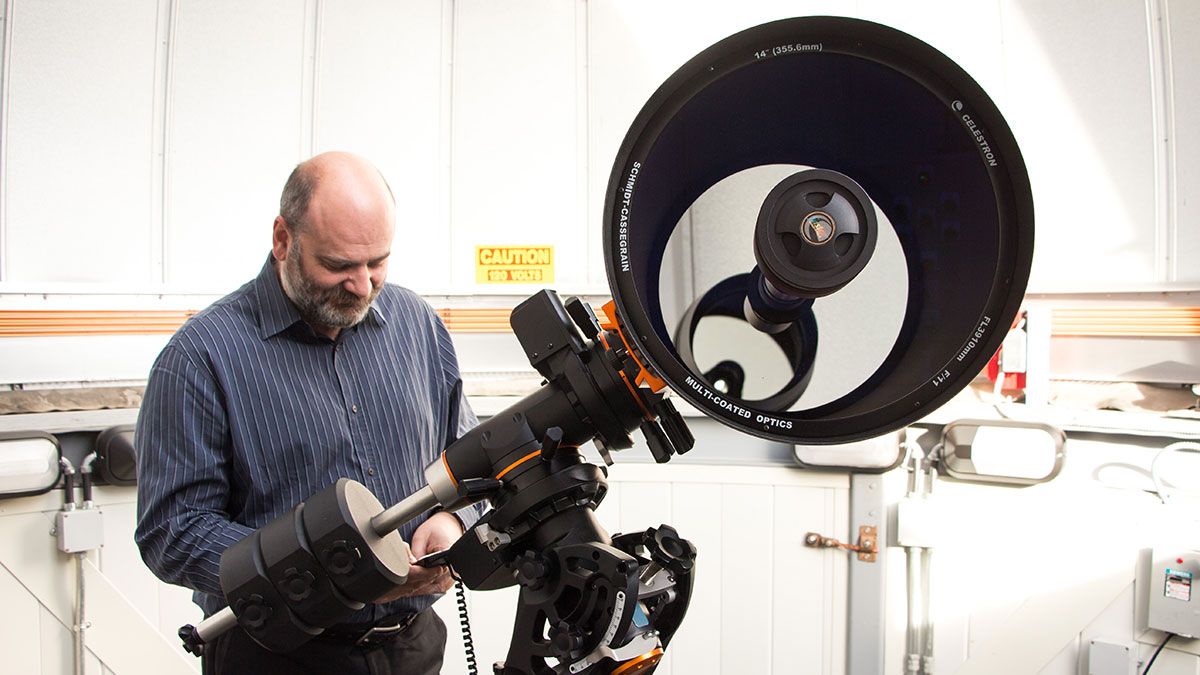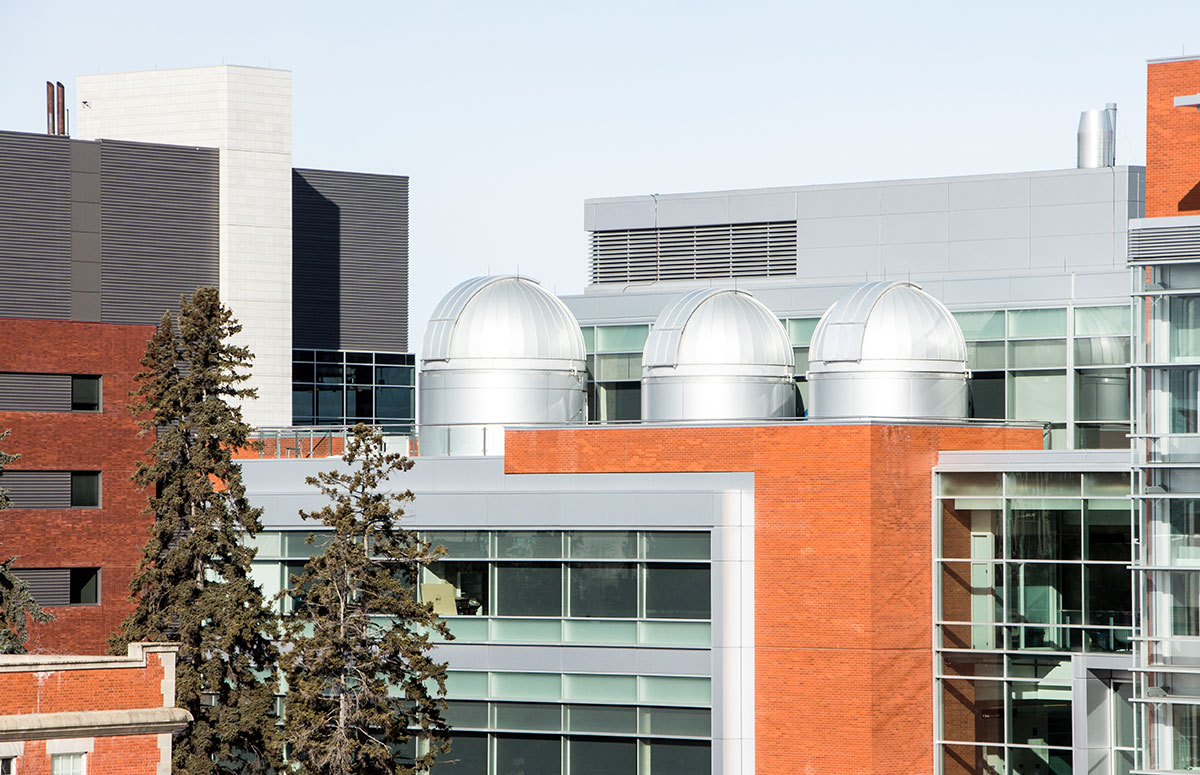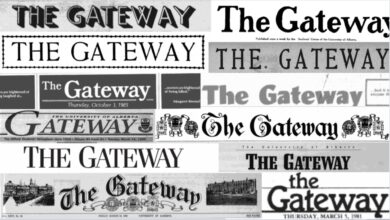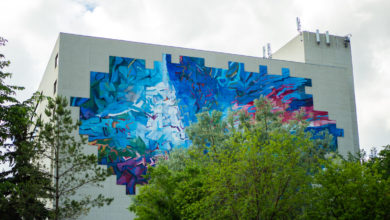Cosmos in Question
 Spencer Nichols
Spencer NicholsWhat’s really going on in the deep abyss that is space?
While we may not know for sure, cosmologists are trying to find answers. Are there aliens? Black holes? Cosmology studies the universe as a whole, and tries to answer the question of what’s really out there.
Dimitri Pogosyan is a Cambridge graduate and a professor in the U of A’s Department of Physics, specializing in the study of cosmology. Since he mainly studies theories of the early universe, he answered some of our questions about the vast void of space and time.
Q: As a cosmologist, what kinds of theories do you work with?
A: Cosmology, in principle, is the study of the universe as a whole. We study the universe on very large scales or the evolution of the universe over a period of time. On one hand, cosmologists work with theories that are provable and have an observational side, and on the other side, we push boundaries of the unknown and the ideas become mostly speculative. You have to be careful, though — if you push it too far, you stop being scientists and become science fictionists.
Q: How was the universe born?
A: In the early stages of the universe, it was in a very hot and dense state. At some point, the hot equilibrium that was the universe began to expand. When the universe started to expand, it began to cool down. Structures began to form and convert into cooler bodies, and creation of the bodies in the universe we know today began.
Q: Is there any way to know what happened before the early stages of the universe?
A: There are areas of cosmology which study these stages preceding this hot stage of the universe. In reality, when you look very far (in the universe), you just see a uniform glowing background. It is at a temperature which is similar to that of the early universe. This is as early as we can see the light. If we go into minute features of this background, there are details that we can see from before this light from the early universe.

Q: How do we obtain information about our universe?
A: We can look at the sky, and in practice we see light. We look far into the universe, and we can see light that is reaching us from the past. This light can be interpreted as bodies and in theory, we can see the beginning of the universe. To some extent, our most firm basis to oversee the universe is what we see right now. We see the boundary of the universe.
Q: Is there a lot of variance of celestial bodies in the universe?
A: In the last 100 years we have seen that the universe is more or less similar in all directions that we look. So the idea is that the universe is homogenous, as nothing is very different from each other. Solar systems in our galaxy are not dissimilar from solar systems in other galaxies, and our galaxy is not dissimilar from other galaxies. The entire universe is very homogenous so if you go to other places, it will not be
dissimilar from us. There are limitations on what we can see. Because the universe evolves, we find that the universe expands.
Q: How much of the universe can we see?
A: When we look to find the edge of the universe, there is a limit to how much light we can see. Since light travels far to our eyes, we never see the objects at the moment we are looking at them. We see them in the past. But if the past goes to some finite time, then there is a limit to how far we can see. We want to find out what is a bit further than the limit we can see.




